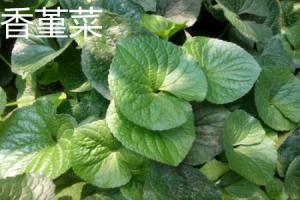How to Prune a Spindly Fig Tree Plant
Fig trees are lovely plants to have in your garden or as indoor houseplants. They are relatively easy to care for, produce sweet fruit, and have beautiful foliage. However, like all plants, fig trees need pruning to ensure healthy growth and encourage fruiting. A spindly fig tree plant, where the plant is thin and tall with few branches, can be especially problematic. Here are some tips on how to prune a spindly fig tree plant to improve its health and appearance:
Step 1: Timing is Key
The best time to prune your spindly fig tree plant is in late winter to early spring, just before the tree breaks dormancy. This way, you can remove any dead or damaged branches and reshape the tree before new growth appears. Pruning in late winter or early spring also helps to prevent bleeding from the cuts.
Step 2: Choose Your Tools
To prune your spindly fig tree plant, you will need a few tools, including pruning shears, loppers, and a handsaw. Make sure your tools are sharp and clean before you begin pruning to minimize damage to the tree and reduce the chance of disease transmission.
Step 3: Remove Dead and Damaged Branches
The first step in pruning your spindly fig tree plant is to remove any dead or damaged branches. Look for branches that are broken, diseased, or insect-infested. Cut these branches off at their base using your pruning shears or loppers. If the branches are too thick for your pruning shears or loppers, you can use a handsaw to remove them.
Step 4: Shape the Tree
Once you have removed the dead and damaged branches, it's time to shape the tree. The goal is to create a balanced, open structure that allows light and air to reach all parts of the tree. Look for branches that are crossing over each other, growing in the wrong direction, or too close to the center of the tree. Use your pruning shears or loppers to remove these branches, cutting them off just above a bud or side branch.
Step 5: Don't Overdo It
While it's important to prune your spindly fig tree plant to improve its health and appearance, it's also important not to overdo it. Pruning too much can cause stress to the tree and reduce fruit production. Aim to remove no more than 25% of the tree's total growth each year, and avoid pruning during the late summer or fall, as this can stimulate new growth that won't have time to harden off before winter.
Step 6: Enjoy the Results
Once you have finished pruning your spindly fig tree plant, step back and admire your handiwork. Your tree should now have a more balanced and open structure that allows for healthy growth and fruit production. Be sure to keep an eye on your tree over the coming months and make any necessary adjustments to maintain its shape and health.
Conclusion
Pruning a spindly fig tree plant may seem daunting, but with the right tools and techniques, it's a simple process that can greatly improve the health and appearance of your tree. By removing dead and damaged branches and reshaping the tree, you can encourage healthy growth, maximize fruit production, and enjoy the beauty of your fig tree for years to come.

 how many times do yo...
how many times do yo... how many planted tre...
how many planted tre... how many pine trees ...
how many pine trees ... how many pecan trees...
how many pecan trees... how many plants comp...
how many plants comp... how many plants can ...
how many plants can ... how many plants and ...
how many plants and ... how many pepper plan...
how many pepper plan...






























